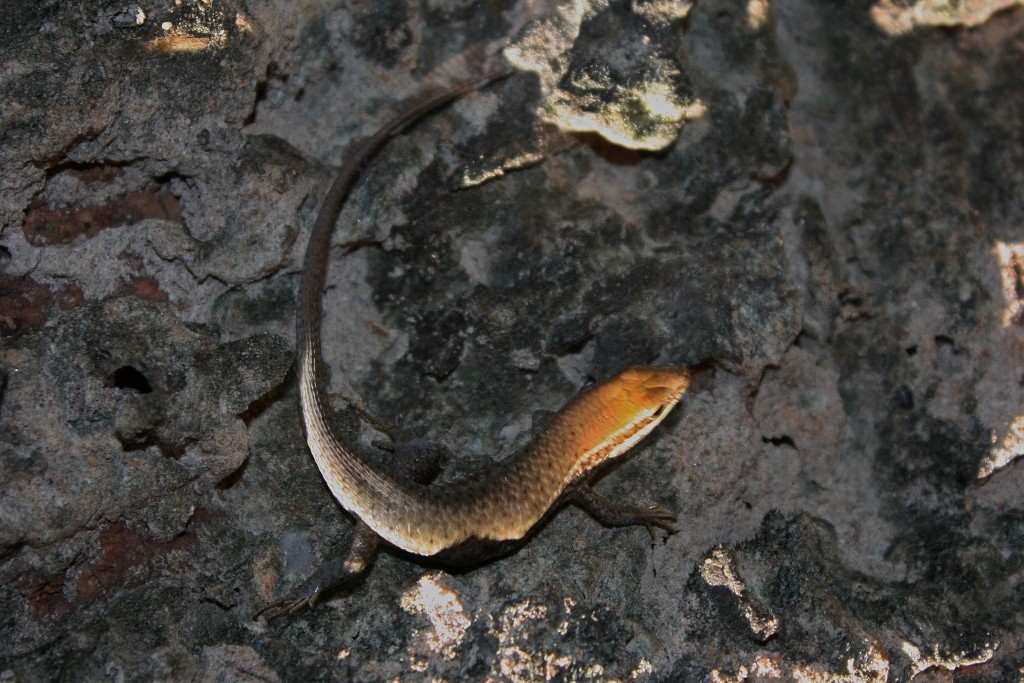Bronze grass skink
A species of Asian mabuyas, Also known as Allapalli grass skink Scientific name : Eutropis macularia Genus : Asian mabuyas
Bronze grass skink, A species of Asian mabuyas
Also known as:
Allapalli grass skink
Scientific name: Eutropis macularia
Genus: Asian mabuyas
Content
Description General Info
 Photo By Thomas Brown , used under CC-BY-2.0 /Cropped and compressed from original
Photo By Thomas Brown , used under CC-BY-2.0 /Cropped and compressed from original Description
The bronze grass skink or bronze mabuya (Eutropis macularia) is a species of skink found in South and Southeast Asia. (Bengali names: তামাà¦à§ à¦
à¦à§à¦à¦¨, বà§à¦°à§à¦à§à¦ à¦
à¦à§à¦à¦¨, à¦à¦°à¦à¦¿à¦¨à¦¾, à¦à¦à§à¦à¦¨, à¦à¦à§à¦à¦¨, à¦à¦¨à¦à¦¿à¦²à¦¾, à¦à¦à¦à¦¿à¦²à¦¾).
General Info
Lifespan
5-7 years
Diet
Bronze grass skink primarily feeds on small arthropods, making it an insectivorous species. It displays a distinct predilection towards ants and termites, but also consumes beetles when readily available.
Appearance
Bronze grass skink is a medium-sized skink with an elongated body and a tapering tail. Its scale-covered skin is mainly bronzy-brown to olive, often with dark, irregular spots or streaks on the back and flanks. Both young and mature individuals possess this coloration, with no significant differences in appearance between genders or age groups. Bronze grass skink's slender and flexible body allows it to navigate both terrestrial and arboreal habitats effectively.
Behavior
Bronze grass skink are generally diurnal animals engaging in basking and foraging behavior during daylight hours. Being territorial, they defend their home ranges using aggressive displays. Prone to solitude, they exhibit limited social interaction. Adapted for arboreal living, their quick, agile movements provide an essential survival mechanism against predators.
Population
Stable
Scientific Classification
Phylum
Chordates Class
Reptiles Order
Lizards and snakes Family
Skinks Genus
Asian mabuyas Species
Bronze grass skink